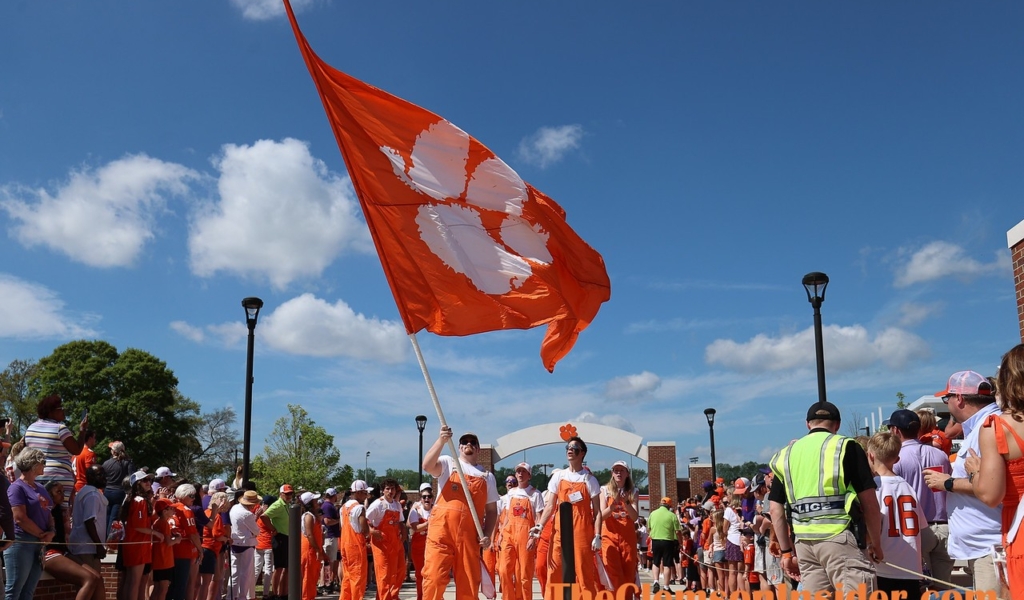CLEMSON — When it comes to the new revenue sharing piece, plus giving more student-athletes fully funded scholarships, Clemson is all-in.
Clemson athletic director Graham Neff told Mickey Plyler recently on the Mickey Plyler Show on The Roar 105.5 FM, that Clemson will fund 150 new scholarships for the 2025-’26 academic year.
“That is $4-6 million that are all supported through IPTAY, (in addition to) the maximum revenue distribution,” Neff said. “So, schools that are able to pull all of those levels, like we are, that is where the support, the resources and the competitive expectations we have for that are significant.”
Clemson Athletics is at the top of the pyramid when it comes to the amount of dollars a school can lean in, especially when it comes to the scholarship piece.
“We are increasing scholarships for all 21 of our sports and, essentially, fully fund new scholarships for most all of our sports,” Neff said. “Really rowing and track and field are the two programs that will not be fully funded (in scholarships), but those are huge roster sports. Rowing has 50 and track and field has 90 between men and women, but both of those programs will essentially have increased scholarships.
“All of our other sports will be fully funded for scholarships, that means baseball, softball, lacrosse and soccer, all of them.”
Neff pointed out, being able to fully fund scholarships in all but two programs is a big deal and gives Clemson a competitive advantage in a lot of ways to its peers.
“That is a huge deal, and we are leaning into that significantly,” he said. “There are not a whole lot of schools that are able to do that, so that is a testament and leverage from IPTAY and our IPTAY donors.
“We will continue to ask for support in a very traditional manner with IPTAY, scholarships and academic support.”
Though Clemson will distribute the maximum $20.5 million to its student athletes this year, in accordance with the House Settlement, Neff explained that the sports that brought in the revenue are the ones that will mostly benefit from it.
“We are all-in to the full amount and now its about how we are going to (distribute) that, and that gets into a local decision of how you allocate that $20 million,” he said. “You can allocate it all to one sport. You can chop it up.
“Our method is to align it where our revenues are generated from. Obviously, here at Clemson, it is heavily football, basketball and baseball. These (sports) are where our revenue is generated from, so the allocation of that $20 million is going to be proportional to where we generate our revenue.”
Taking it one layer deeper, the individual programs will then decide how much the student athletes get from their particular sport.
“Now we get into our coaches and our support staff to ultimately allocate those dollars per team,” Neff said. “So, we have central administrative support mechanisms, analytics and positional values (to help).
“We really equipped our coaches in football and all of them with resources and strategy around them. That is where you get into the professionalism of college athletics more and more, but that layered approach is where we are seeing those results in recruiting and retention.”
